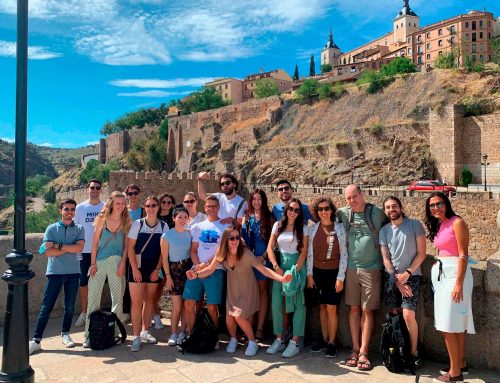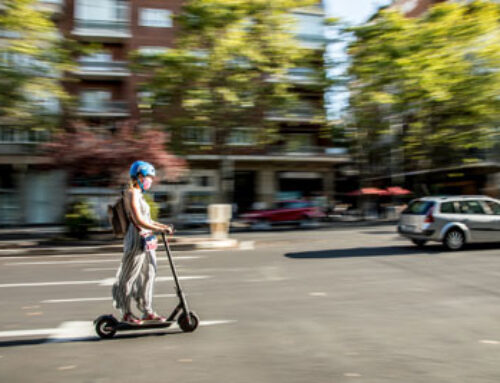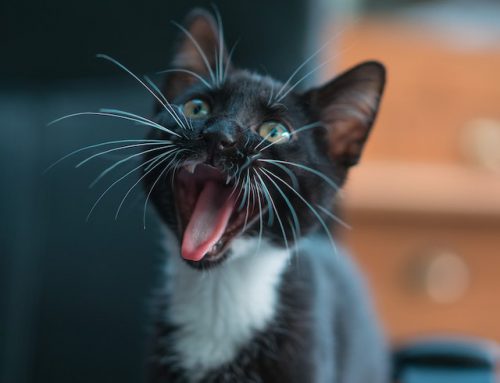For students moving to Spain it can often be a difficult process adjusting to a new culture; however at Inhispania we can help you!! We have prepared various posts about how you can prepare yourself before moving abroad to Spain, with regard to local customs, traditions as well as cultural differences you may be faced with when you arrive in Madrid.
Today, we are exploring the gastronomic differences between Spain and other European countries, as well as touching on the Spanish afternoon siesta and the social aspect of drinking and eating tapas.
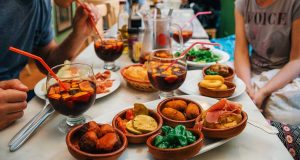
Food
1. Breakfast
- In Spain, breakfast isn’t considered an important meal. Most Spanish skip it all together, perhaps only having a coffee in the morning. If breakfast is eaten, it is likely to be crushed tomato on toast (a very popular option) or a perhaps churros and chocolate if you are eating out.
- The English are famous for their English breakfast which traditionally consists of fried eggs, sausages, bacon, tomato, black pudding, baked beans, mushrooms, and toast. However, this is often only eaten on weekends, so during the week common breakfasts include cereal, porridge, or toast with a spread (e.g. jam, nut butter or marmite).
- Meanwhile in France, breakfast is also a rather light meal, usually a baguette or croissant with a choice of jam, honey and butter, and hot beverages such as tea or coffee. This is also very similar to that of Italy, whereby a caffè latte, bread rolls with butter and jam or cookies are eaten in the morning (although like the Spanish it is quite often skipped altogether).
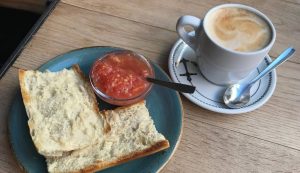

2. Lunch
- In Spain, lunch is the main meal and it’s usually eaten between 2-3pm and may consist of several courses, sometimes 5 or 6 in total (all shared), and often simple in nature such as a soup, salad, meat, vegetables and of course the humble Spanish tortilla.
- In England, lunch is often a brief affair consisting of a sandwich, salad or perhaps cold pasta, usually eaten between 12-1pm. The exception is on Sundays when traditionally, a large, late lunch will be served consisting of roast meat, usually chicken or beef, roast vegetables and dessert such as a fruit crumble or tart.
- In France, meal times are quite similar to that of England (eating around 1pm) and children often have a light, second lunch at 4pm (goûter), similar to that of the English ‘after school snack’
- In Italy, like that of Spain, lunch is regarded as the most important meal. Most shops close for the lunch break from 1-3pm, and often children are given a lunch break whereby they can go home to eat a meal with their family. A typical Italian lunch in a restaurant, for example with friends, consists of 3 courses as well as a side salad, then fruit, dessert and coffee to finish.

Siesta
- The siesta is a famous part of Spanish culture and one that’s often admired by the British. The tradition doesn’t exist in England, partly due to the shorter nature of lunches, but also because the temperatures are typically colder. However, it is common in England to take an afternoon ‘nap’ on the weekends, perhaps after a Sunday roast.
- A siesta is a short afternoon sleep (20-30 minutes), usually taken after lunch and before returning to work. It was introduced in the 1930s by farmers as a way to escape the sun especially during the scorching summer months.
- While the tradition is dwindling, it is still a very prominent part of Spanish culture and you will find that many shops (especially banks or governmental buildings) close between 2-4pm.

3. Dinner
- Spanish dinners are usually lighter and served much later around 9pm. It is not rare in Spain to start eating dinner at 11pm so BE PREPARED!! If you are going out for dinner, or simply ordering a drink in Spain, tapas of course will be eaten.
- In England, the evening meal is the main course, usually eaten at 7pm. It varies in nature and is usually hot with a selection of meat and vegetables served on the same plate, often succeeded by a sweet dessert.
- In Italy, dinner is also considered the ‘lighter’ meal and a ‘primo’ (1st course) is most common to have for dinner e.g. a risotto, pasta, polenta, stews, and sometimes a secondo (2nd course) is included, such as meat or fish.
**So, what is tapas??**
History: The word ‘tapa,’ meaning lid, is derived from a 13th century law passed by a Castilian king requiring taverns to serve food with alcohol. A ‘tapa’ was then a small plate of ham or olives used as a lid to keep insects or dirt away from a drink. Centuries later, tapas have become a symbol of Spanish culture
Nowadays: Tapas is an appetiser or snack (always served for free when you order a drink at a restaurant). It may be cold such as olives, cheese or crisps, or hot such as calamari, Spanish tortilla, patatas bravas, or croquetas. If you are ordering tapas and would like a more substantial meal, then a ‘racion’ is a larger version of the dish.
Drink
- Wine or a cerveza is usually served in Spain with lunch, and again wine is served at dinner. However, it is very common to have a pint (caña), cider or tinto de verano after work with colleagues, which can often end at 11pm-midnight.
- The English however, especially those with young children, would already be in bed or asleep by then and don’t tend to “go out” mid-week. This is also partly because the working day begins earlier at around 8.30-9am and finishes at 5-6pm in England, whilst in Spain it starts around 10am, and bars and restaurants close much later in the evening.
- That being said, the English have accommodated a huge variety of beverages including wine, beer and spirits. The English drinking culture does extend past mealtimes, although mainly for the younger generation, and drinks are usually consumed in bars and pubs until 11pm, and later in nightclubs (usually until 2am).
- Meanwhile, in Spain there is a name for large gatherings of people who drink in the streets: a Botellón. Often, it will involve going to bars and pubs, before moving to a night club later, which close significantly later at 6-7am.






